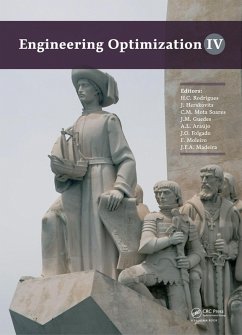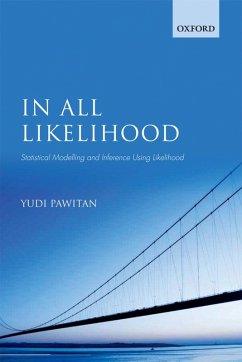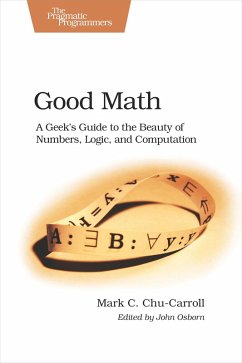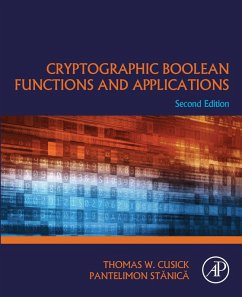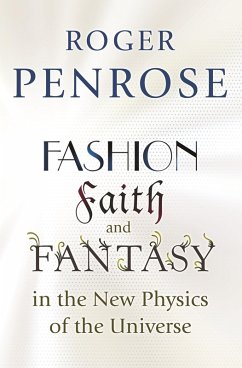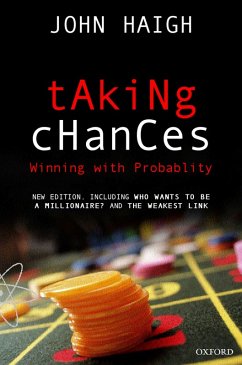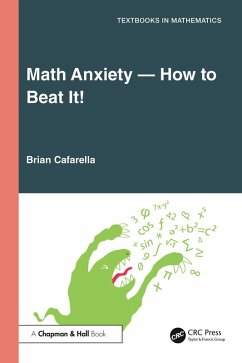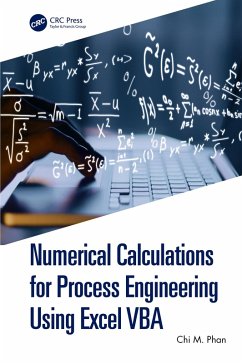
Probability and Random Processes (eBook, ePUB)
With Applications to Signal Processing and Communications
Versandkostenfrei!
Sofort per Download lieferbar
50,95 €
inkl. MwSt.
Weitere Ausgaben:

PAYBACK Punkte
25 °P sammeln!
Probability and Random Processes, Second Edition presents pertinent applications to signal processing and communications, two areas of key interest to students and professionals in today's booming communications industry. The book includes unique chapters on narrowband random processes and simulation techniques. It also describes applications in digital communications, information theory, coding theory, image processing, speech analysis, synthesis and recognition, and others. Exceptional exposition and numerous worked out problems make this book extremely readable and accessible. The authors c...
Probability and Random Processes, Second Edition presents pertinent applications to signal processing and communications, two areas of key interest to students and professionals in today's booming communications industry. The book includes unique chapters on narrowband random processes and simulation techniques. It also describes applications in digital communications, information theory, coding theory, image processing, speech analysis, synthesis and recognition, and others. Exceptional exposition and numerous worked out problems make this book extremely readable and accessible. The authors connect the applications discussed in class to the textbook. The new edition contains more real world signal processing and communications applications. It introduces the reader to the basics of probability theory and explores topics ranging from random variables, distributions and density functions to operations on a single random variable. There are also discussions on pairs of random variables; multiple random variables; random sequences and series; random processes in linear systems; Markov processes; and power spectral density. This book is intended for practicing engineers and students in graduate-level courses in the topic. - Exceptional exposition and numerous worked out problems make the book extremely readable and accessible - The authors connect the applications discussed in class to the textbook - The new edition contains more real world signal processing and communications applications - Includes an entire chapter devoted to simulation techniques
Dieser Download kann aus rechtlichen Gründen nur mit Rechnungsadresse in A, B, BG, CY, CZ, D, DK, EW, E, FIN, F, GR, HR, H, IRL, I, LT, L, LR, M, NL, PL, P, R, S, SLO, SK ausgeliefert werden.




